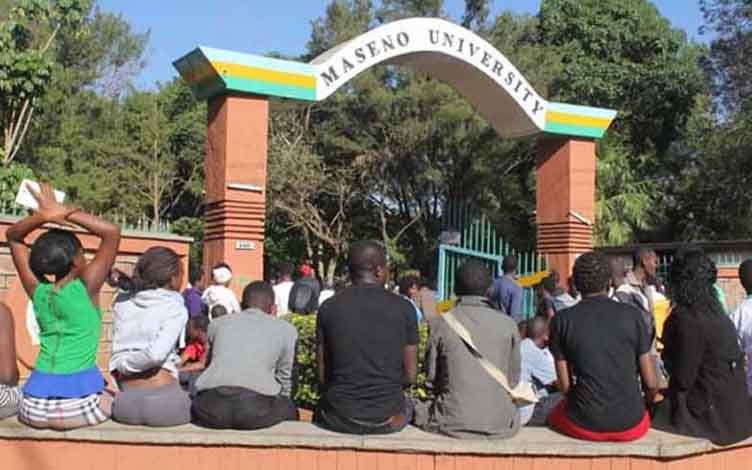×
The Standard e-Paper
Truth Without Fear

Students outside the Maseno University’s gate in a file image. [Courtesy]
The rise of corporate university has been seen in some quarters as being defeating to the traditional mission of the university. However, today, higher education’s tides of influence have spread far beyond the campus. Universities are now dominant employers, real estate holders, policing agents, education and healthcare providers in major cities in the US, Canada, Australia and the UK.